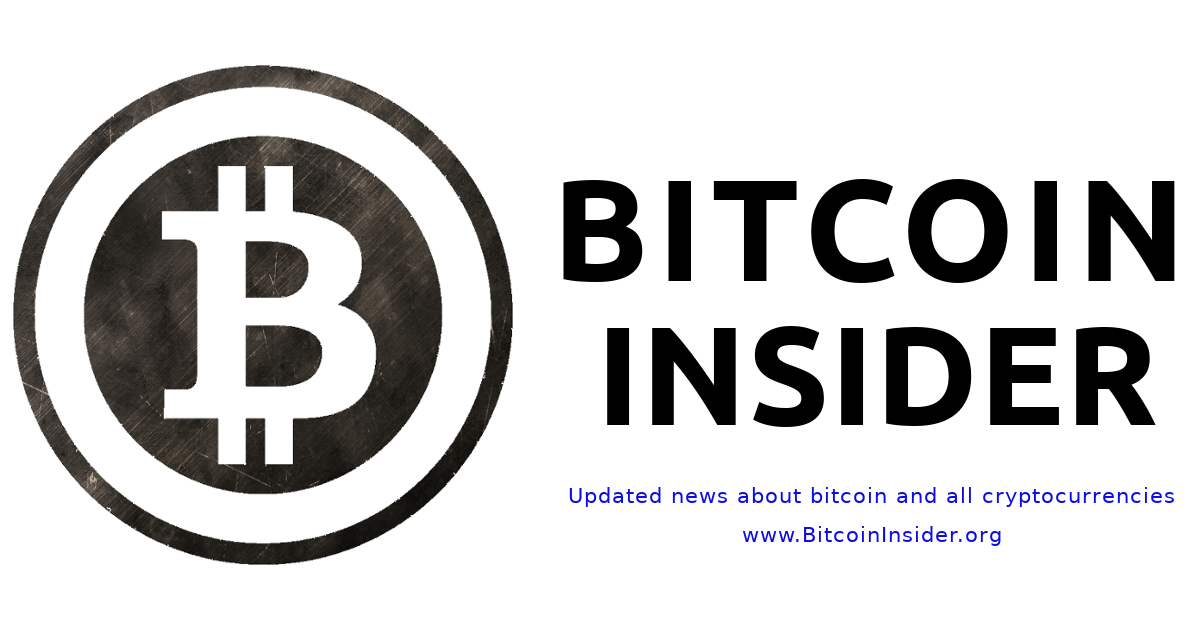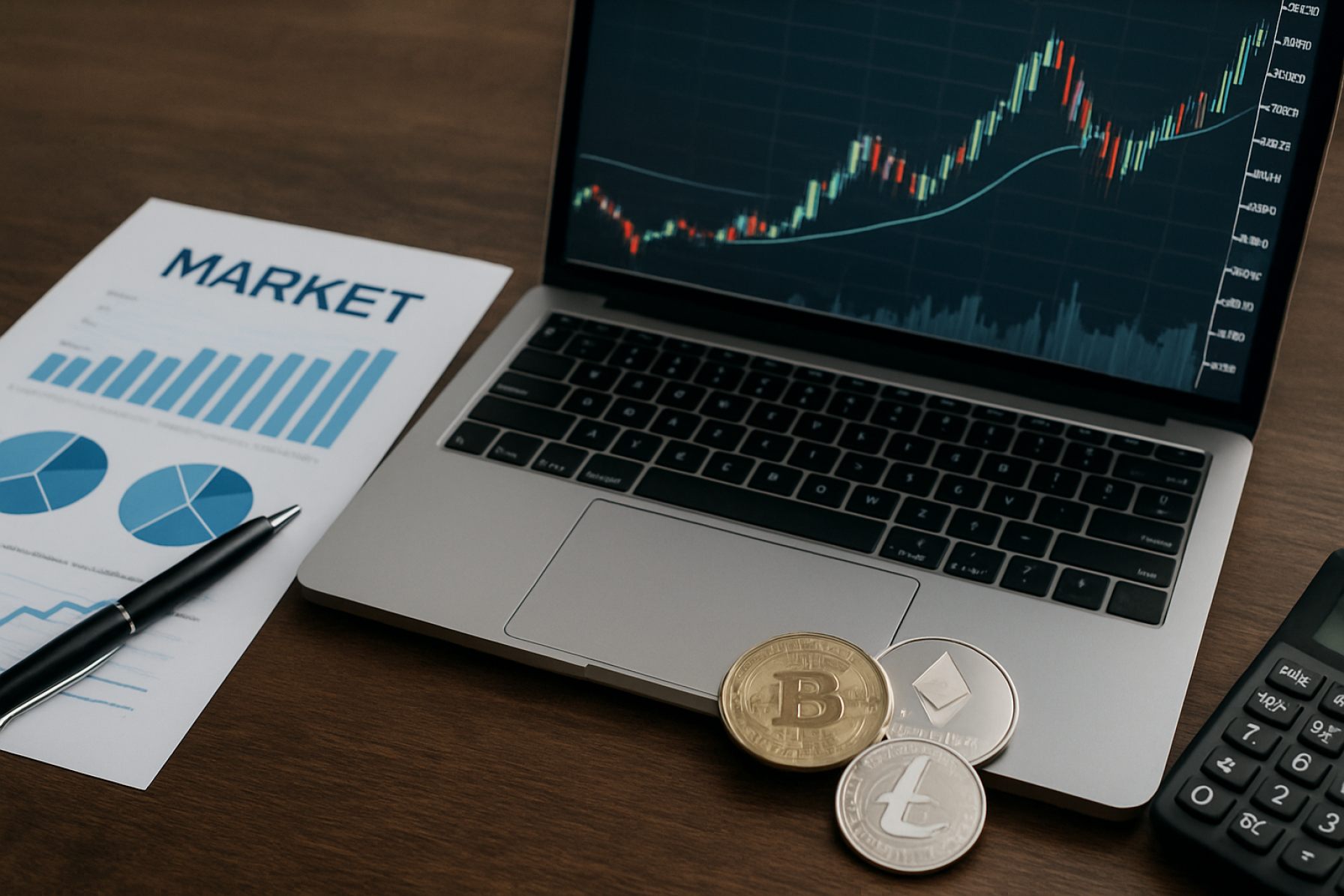Circle: Wall Street's new star - Crypto review | MarketScreener India
The issuer of the USDC made a sensational debut on the stockmarket, multiplying its valuation by 2.7 in a single day. However, behind this record IPO lies much more than just a stablecoin. Circle is building a tokenized, modular, regulated financial infrastructure — and it's ready to compete with the traditional banking system. We discuss this in the Cryptic Analysis, after this week's essential news.
SG-Forge, crypto subsidiary, has made further progress: it is preparing to launch USDCV, a dollar-backed stablecoin, on and in July. This is a world first for a traditional bank. Following the EURCV, its euro stablecoin launched two years ago, SG-Forge is expanding its offering by leveraging collateralization at BNY Mellon and daily transparency of reserves. The goal is to offer a reliable, MiCA-compliant tool that can be used 24/7 for trading, payments, and on-chain activity. With USDCV, Société Générale is confirming its ambition to become a leading player in the issuance of regulated European digital currencies.
has become the fastest ETF in history to reach $70bn in assets under management, in just 341 days. This record, which spans all ETFs, confirms institutional investors' appetite for . With $70bn in the bank, IBIT is well ahead of other spot BTC ETFs, which total an average of $48bn.
$IBIT just blew through $70bn and is now the fastest ETF to ever hit that mark in only 341 days, which is 5x faster than the old record held by GLD of 1,691 days. Nice chart from @JackiWang17 pic.twitter.com/5VeGT9twpQ
— Eric Balchunas (@EricBalchunas) June 9, 2025
has raised in partnership with TOBAM. This aims to strengthen its exposure to BTC through weekly share issues "at market price," using a method inspired by US tech companies (ATM).
The funds will also be used to accelerate activities around on-chain data and Bitcoin infrastructure. ALTBG, already a pioneer in Europe in crypto treasuries, confirms its ambition to become a leading player in Bitcoin on the stockmarket.
According to sources close to the matter, the SEC has asked Solana spot ETF issuers to amend their S-1 forms within a week, signaling a potential imminent approval. The launch could take place in 3 to 5 weeks, well ahead of the initial October deadline. This accelerated timeline coincides with the new pro-crypto stance of SEC Chairman Paul Atkins. These ETFs could even include staking, a recurring demand from investors.
Wall Street gives a standing ovation. The stablecoin issuer behind USDC has completed one of the most spectacular IPOs of the year. Listed at $31 under the ticker CRCL, the stock climbed to over $83 on its first day, a 168% surge, and is now trading at $119. This is a resounding success for a company whose name is closely linked to the .
For Circle, this IPO is a crowning achievement. After the failure of its merger with a SPAC in 2022, the company refocused on its core business: making the cornerstone of regulated blockchain finance.
Mission accomplished: with 61.5 billion tokens in circulation, a 29% market share, rigorous transparency, and reserves fully backed by US Treasury bills, USDC has become the world's second-largest stablecoin behind Tether — but the leader in regulatory compliance.
Capitalization of the main stablecoins
CoinGlass
In fact, Circle's real leverage is its regulatory DNA. While Europe already regulates stablecoins through MiCA, the US is preparing to follow suit with the GENIUS Act. If this legislation comes into force, Circle could be one of the first issuers authorized to offer "Covered Stablecoins," i.e., stablecoins backed by safe and regulated assets, within the legal framework proposed by the United States—a golden ticket that could give it a virtual monopoly in the eyes of financial institutions.
Circle also issues a stablecoin backed by the euro: EURC. Demand for the latter exploded in April amid customs tensions between Washington and Brussels and a weakening euro-dollar exchange rate. Above all, the withdrawal of Euro Tether (EURT) in response to MiCA requirements left a void that Circle was quick to fill. As a result, EURC has become the benchmark stablecoin in Europe for regulated players.
At the heart of the Circle machine is the Circle Payments Network (CPN). This is the backbone of the company. A multi-layered technology architecture that combines stablecoins, bank reserve management, fiat on-ramps, and multi-chain blockchain deployment. In short, Circle doesn't just issue digital currency. It is building the global highway to exchange, transfer, and convert it.
Unlike a traditional bank that directly handles funds, Circle acts as a programmable transaction layer. It provides the infrastructure, settlement rails, and digital tokens (USDC, EURC), but outsources the custody and conversion of fiat currencies to its banking partners. It is this hybrid positioning—between traditional finance and the internet of value—that sets it apart from a traditional bank. Circle is not an intermediary, it is a catalyst.
This separation between infrastructure and liquidity is more than a strategic choice: it is a massive competitive advantage. It is a real economic moat that positions Circle as a critical provider of tokenized finance in the making. As global institutions move from experimentation to real adoption of blockchain, this type of architecture is becoming essential.
And Circle doesn't intend to stop there. In 2024, the company launched USYC, a tokenized version of a US Treasury bill money market fund, following the acquisition of Hashnote. This marks a significant shift towards tokenized real world assets (RWAs), the new frontier of digital finance. It is one of the most dynamic segments of the industry today.
Unlike USDC or EURC, which are pegged to the value of a currency to serve as a transactional currency, USYC plays in a different league. This new product from Circle is yield-bearing, backed by short-term US Treasury bills. Its function? To offer investors tokenized exposure to the US bond market — while remaining in the on-chain universe. And the gamble is starting to pay off: USYC already accounts for 5.5% of the tokenized Treasury bond market, which is now worth $7.32 billion, after growing 400% in a year and 78% in 2025 alone.
But USYC's rise is not at the expense of USDC — quite the contrary. Together, the two assets create a powerful synergy, a modular financial stack with a blockchain twist. The idea? To allow institutions to switch between immediate liquidity (USDC) and secure returns (USYC) with a single click, just as they would in traditional markets between cash and money market funds. The result is seamless cash management without leaving the Circle ecosystem.
This USDC + USYC combo could well become the norm for collateral management in crypto exchanges, institutional custodians, and specialized brokers.
Circle has made a successful debut on the stock market, and its first-quarter figures confirm that it is well and truly on track. The company generated $578.6 million in revenue, up 58.5% year-on-year. Most of this came from reserve income, derived from US Treasury bills backed by USDC, which jumped 55.1% thanks to a 78% explosion in the volume of USDC in circulation. The business model is clear: the more stablecoins are issued, the more interest is earned on the underlying assets.

Circle Amended S-1
Circle
But another figure is intriguing: +278% in integration revenue. Although these services still represent "only" $20.7 million, they reflect growing demand for Circle's technology stack and could become a source of recurring revenue in the future, less sensitive to interest rates. This is a real insurance policy against future Fed rate cuts.
Faced with this surge in growth, distribution and transaction costs have logically risen by 68%, an increase linked in particular to the revenue-sharing agreement with Coinbase, which recovers 50% of USDC-related revenues. This is why Circle is seeking to partially emancipate itself with its "non-reserve" revenues, refocusing on regulated and modular infrastructure and cutting short certain services deemed too risky or unprofitable. Gone are Circle Yield and Web3 payment services, which were too exposed to regulatory winds. These products accounted for less than 1% of revenues anyway.
The result? A more transparent, attractive and, above all, profitable company: $92.9 million in operating revenue, up 77.6%. The balance sheet is also solid: $62.26 billion in assets, including $60.14 billion in cash or cash equivalents (backed by USDC) — up 36.9% year-on-year, perfectly in line with liabilities (deposits from stablecoin holders), which themselves rose by 37.2%.
Equity is not far behind: +30.6% to $745 million, while goodwill climbed 56.9%, likely following the acquisition of Hashnote in January. And that's not all: the IPO has just added $435.9 million net to the cash flow, a cash injection that boosts Circle's growth potential on the public stage.
Circle is no longer just selling a stablecoin. It is selling a structure, a model, a bridge between Web3 and Wall Street. And now it is playing in the big leagues. But behind the enthusiasm displayed on the stock market, Circle's business model remains hanging by several threads.
The first, and undoubtedly the most tense, is called the Fed Funds Rate. Because if Circle is now raking in hundreds of millions thanks to interest on USDC-backed Treasury bills, it is only because rates remain high. But what will happen when the Fed loosens the screws? If rates fall, the rent evaporates. The USDC will continue to circulate, of course, but the income generated by the reserves will melt away like snow in the sun. Circle knows this, and that is precisely why it is seeking to broaden its revenue base—by leveraging its technological building blocks, integration services, and projects such as USYC.
Another vulnerability is its absolute dependence on the USDC. The stablecoin remains the backbone of the company. If its adoption slows down, or if a regulatory shock or competitive attack were to weaken its dominance, the entire Circle edifice would falter. EURC and USYC are the first steps toward a solution — but for now, they remain anecdotal in the face of the USDC giant.
And then there is regulation. Circle is playing the compliance card brilliantly. It positions itself as the good student of Web3, ready to coexist with regulators. But this stance comes at a price: if the future legal framework (such as the GENIUS Act in the United States) imposes overly strict constraints, Circle could find itself trapped in a cycle of over-compliance, unable to compete with more flexible, less regulated—but faster—players.
Finally, one point that Wall Street is well aware of: despite impressive growth, the model remains fragile if it fails to generate structurally diversified revenues. For the moment, everything depends on interest rate income and a single digital asset. If Circle fails to generate recurring cash flows independent of T-bills, the current valuation premium could quickly turn into dead weight.
Cryptocurrency rankings (Click to enlarge)
.png)
MarketScreener
Ross Ulbricht received a $31 million donation from a Dark Web broker suspected by crypto trackers (Wired, in English)
At Bitcoin 2025, crypto purists and MAGA loyalists clash ( Wired)
The bonfire of the banking regulators (Project Syndicate)








